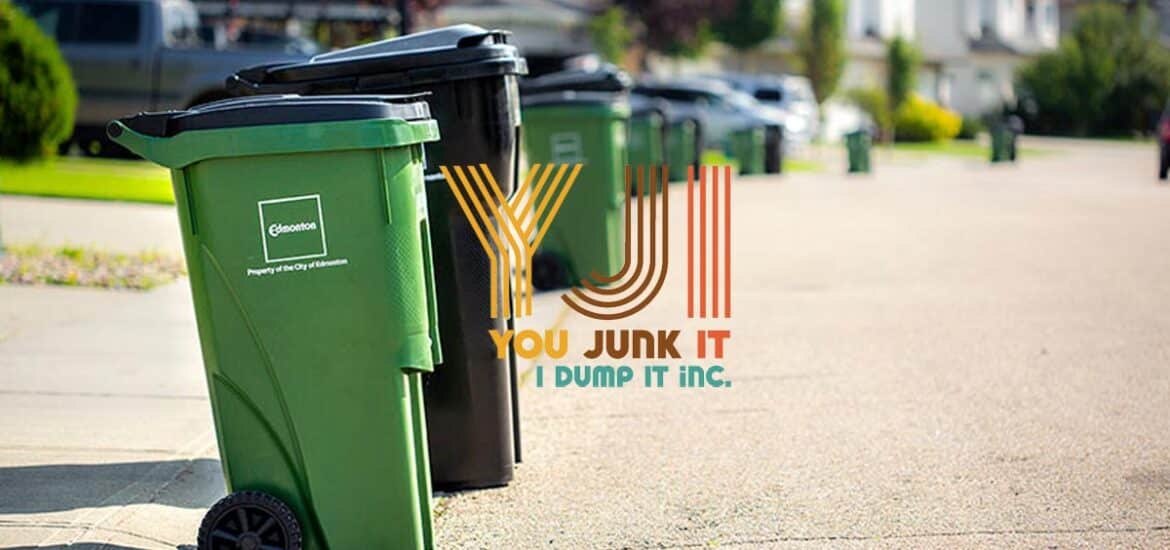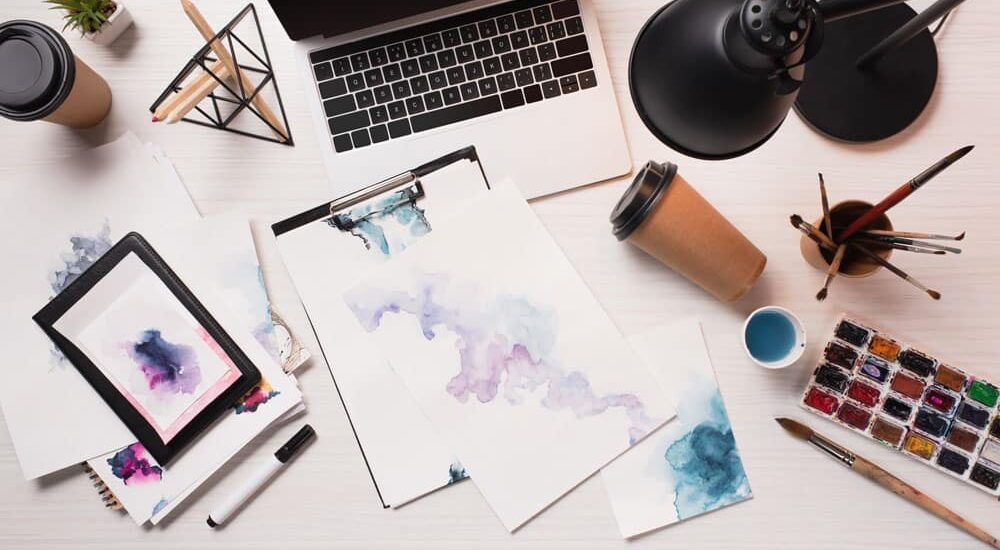Properly sorting your waste is essential to keeping Edmonton clean, reducing landfill contributions, and supporting the city’s zero-waste goals. Edmonton’s waste management system includes three primary containers: the Black Bin (Garbage), the Green Bin (Organic Waste), and Blue Bags (Recycling). Understanding what goes where ensures that waste is handled efficiently and responsibly.
Here’s a detailed breakdown of what belongs in each bin or bag.
Black Bin: Garbage
The black bin is for items that cannot be composted or recycled. While the goal is to minimize waste sent to the black bin, it’s necessary for non-recyclable and non-compostable materials.
What Goes in the Black Bin:
- Non-Recyclable Plastics: Plastic utensils, straws, Styrofoam, and chip bags.
- Soiled Items: Dirty diapers, pet waste, and used tissues or paper towels.
- Broken Glass or Ceramics: Place sharp objects like broken glass in a secure container before disposing to prevent injuries.
- Vacuum Bags and Dust: These materials cannot be composted or recycled.
- Textiles: Old clothing or linens that are too damaged to donate.
What Doesn’t Go in the Black Bin:
- Hazardous materials (e.g., batteries, paint, chemicals) – take these to an Eco Station.
- Electronics – recycle at designated drop-off locations or Eco Stations.
Green Bin: Organic Waste
The green bin is for compostable materials, including food scraps, yard waste, and other biodegradable items. The contents of green bins are turned into compost, which helps reduce landfill waste and supports environmental sustainability.
What Goes in the Green Bin:
- Food Scraps: Fruit and vegetable peels, meat, bones, dairy, and eggshells.
- Yard Waste: Grass clippings, leaves, small branches, and plant trimmings.
- Compostable Paper: Pizza boxes (without plastic liners), paper napkins, and paper food containers.
- Coffee Grounds and Filters: Used coffee grounds and tea bags (if compostable).
What Doesn’t Go in the Green Bin:
- Plastics, including compostable plastic bags (use only city-approved liners).
- Rocks, large branches, or treated wood.
- Glass, metal, or other non-organic materials.
Blue Bags: Recycling
Blue bags are for clean and recyclable materials such as paper, cardboard, plastic, metal, and glass. Sorting your recycling properly ensures that materials are processed efficiently at Edmonton’s recycling facilities.
What Goes in Blue Bags:
- Paper and Cardboard: Newspapers, magazines, cereal boxes, and flattened cardboard.
- Plastic Containers: Rigid plastics labeled with recycling symbols #1 to #7 (e.g., bottles, jugs, and tubs).
- Metal Containers: Aluminum and tin cans, clean aluminum foil, and empty aerosol cans.
- Glass: Clean jars and bottles (remove lids).
What Doesn’t Go in Blue Bags:
- Plastic bags and wrap (take these to a recycling depot instead).
- Soiled paper or cardboard (e.g., greasy pizza boxes).
- Hazardous materials (e.g., paint cans, propane tanks).
Additional Tips for Proper Sorting
- Rinse Containers: Remove food residue from recyclables before placing them in blue bags.
- Flatten Cardboard: Save space by flattening boxes and cartons.
- Use Approved Liners for Green Bins: Edmonton requires certified compostable liners for organic waste.
What to Do with Hazardous or Specialty Items
Some items, like electronics, large appliances, and hazardous waste, don’t belong in any of these bins. Instead, take them to an Eco Station for proper disposal or recycling. Items like batteries, paint, and old electronics are handled safely to protect the environment.
Keep Edmonton Clean and Green
Sorting your waste properly helps reduce landfill contributions, conserves resources, and keeps Edmonton’s recycling and composting programs running smoothly. By understanding what goes in the black bin, green bin, and blue bags, you’re doing your part to support a sustainable future.
If you have bulky or unusual items that don’t fit into these categories, You Junk It… I Dump It offers eco-friendly junk removal services to ensure responsible disposal. Contact us today for a hassle-free solution to your waste removal needs!



